A Troubling Trend
The Western Monarch butterfly, known for its striking orange and black wings, is experiencing a significant decline in California. Recent counts reveal a 30% drop in their population, raising concerns about their survival and the health of our ecosystems.
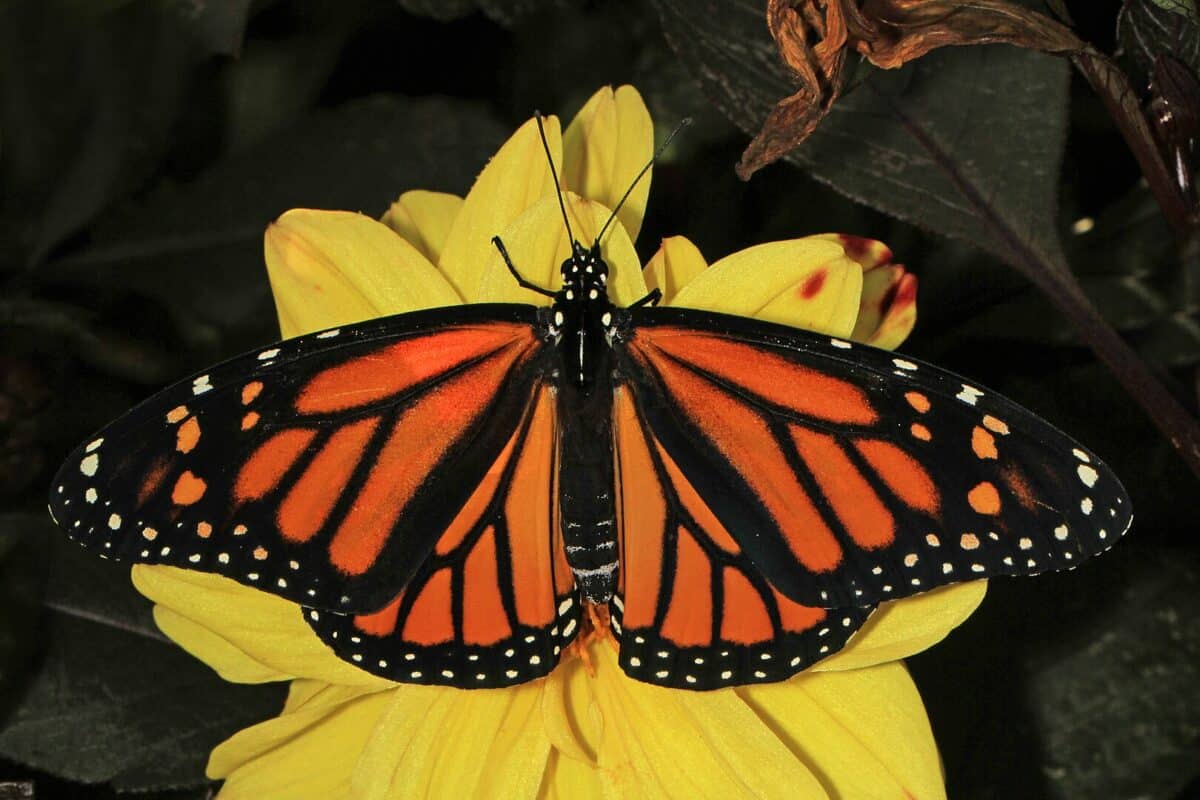
Factors Behind the Decline
Several factors contribute to this decline:
- Habitat Loss: Urban development and intensive agriculture have destroyed the monarch’s natural habitat, particularly the milkweed plants essential for their survival.
- Climate Change: Extreme weather conditions, including wet winters and severe storms, disrupt the monarch’s life cycle and migration patterns.
- Pesticides and Herbicides: These chemicals, widely used in agriculture and urban areas, are harmful to monarchs, affecting their reproduction and survival.
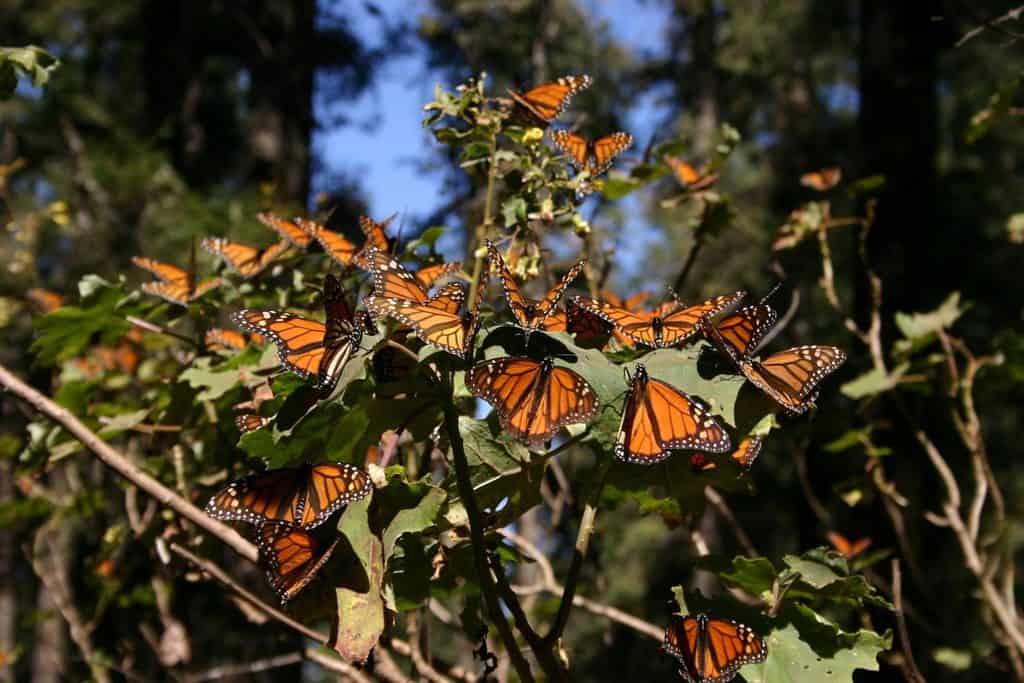
The Monarch’s Importance
Monarch butterflies are not just beautiful creatures; they play a crucial role in pollination and maintaining biodiversity. Their decline signals broader environmental issues that need urgent attention.
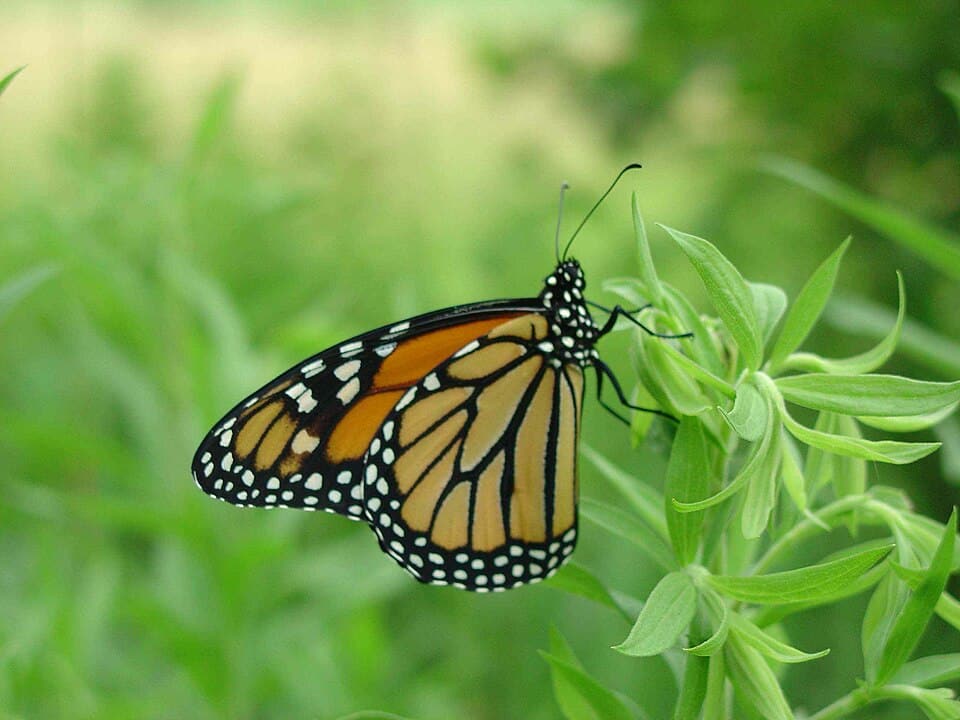
Conservation Efforts
Efforts to conserve the Western Monarch include habitat restoration, reducing pesticide use, and planting native milkweeds. Public awareness and involvement are key to reversing this alarming trend.
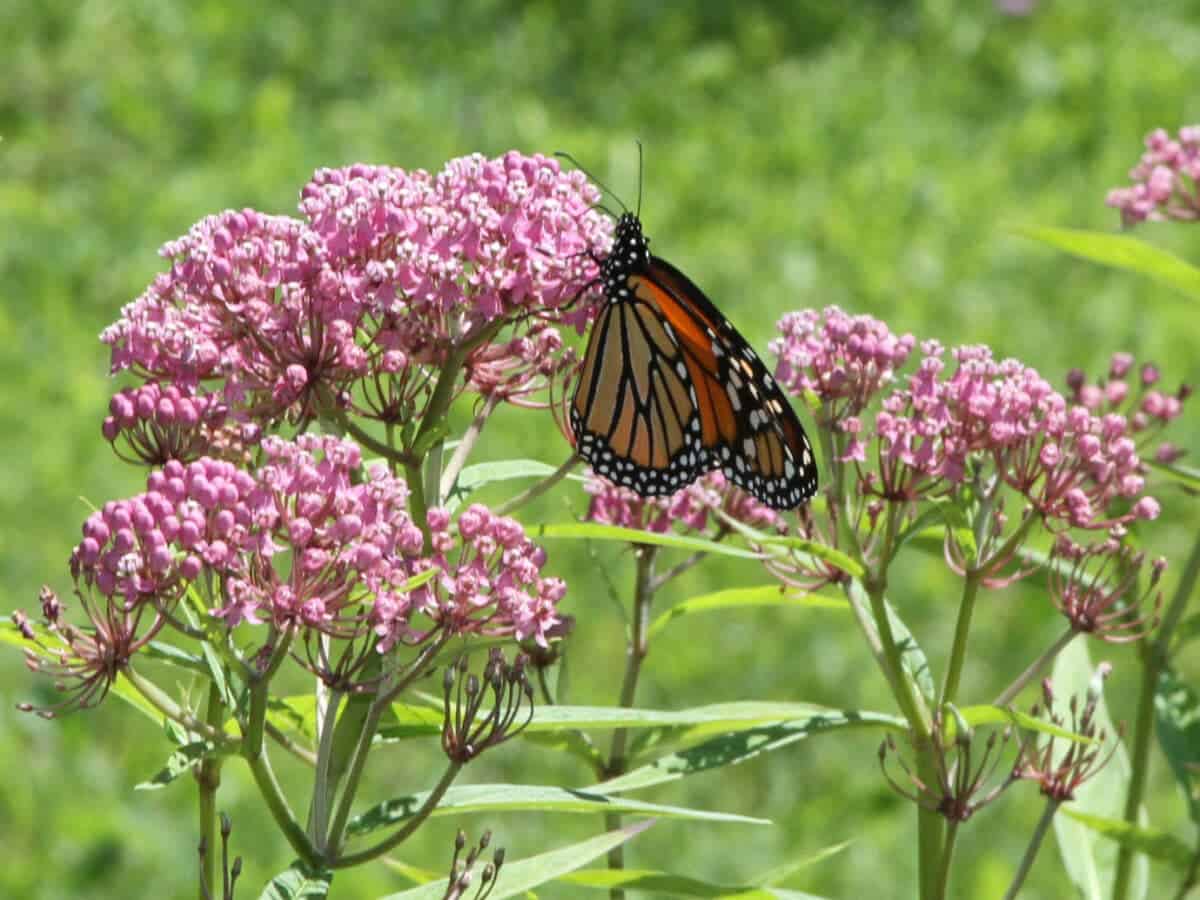
Understanding Monarch Butterflies
The Monarch butterfly (Danaus plexippus) is a milkweed butterfly in the family Nymphalidae. It is known for its annual migration, covering thousands of miles from North America to wintering grounds in Mexico and California. Monarchs depend on milkweed plants, which are the only food source for their caterpillars.
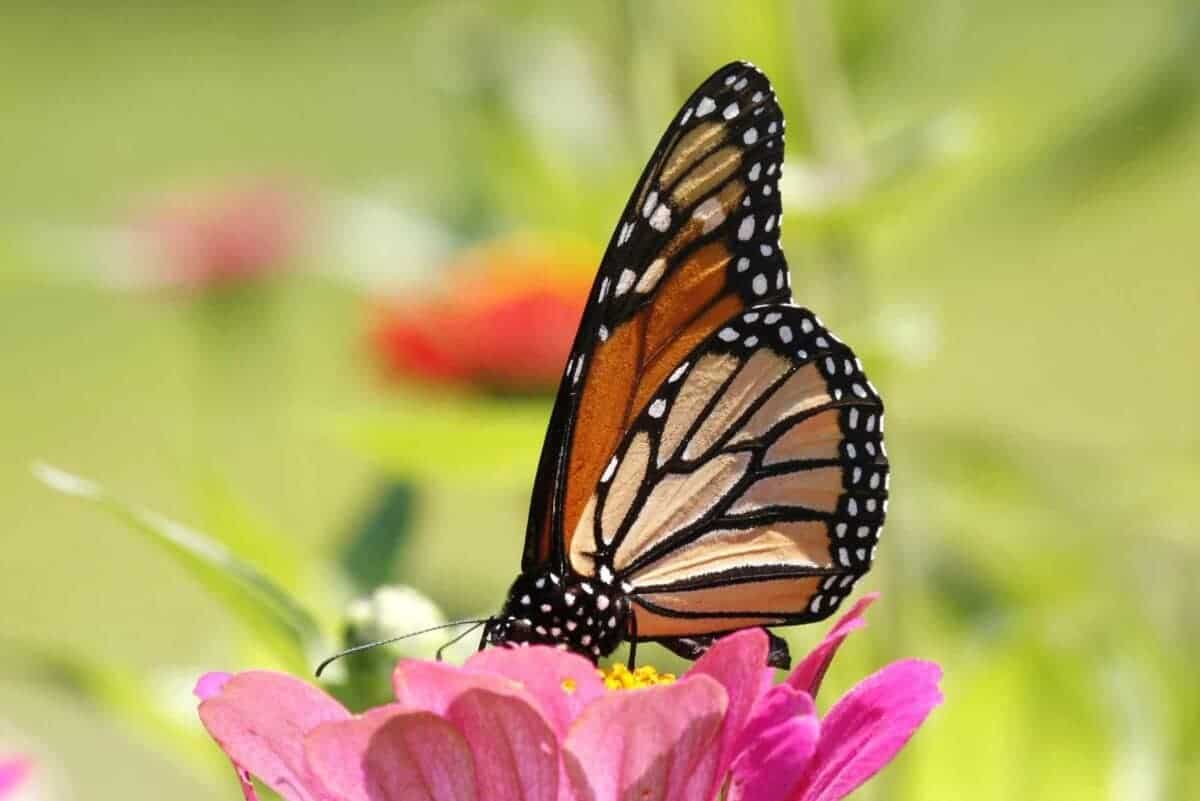
WWF’s Role in Conservation
The World Wildlife Fund (WWF) works to preserve vital butterfly habitats, promote sustainable forestry and agriculture, and support local communities in conservation efforts. Planting milkweed and reducing pesticide use are crucial steps in helping Monarch populations recover.
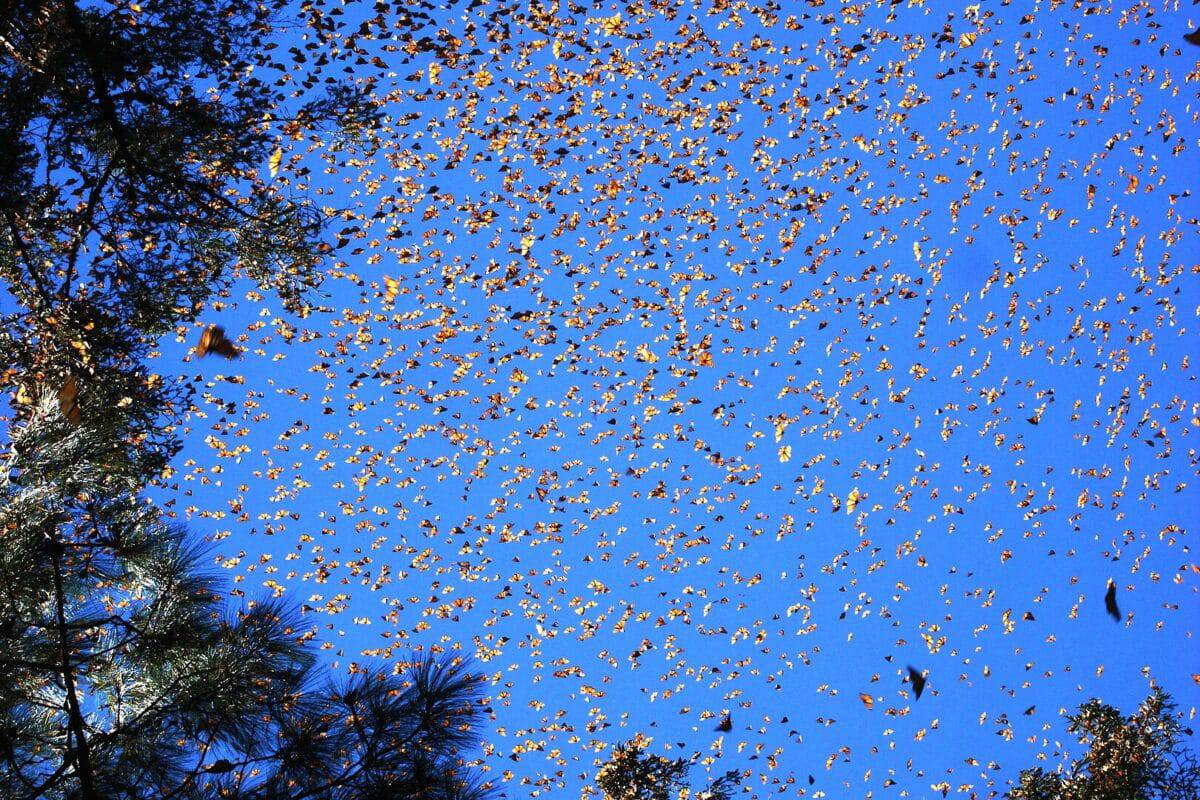
In conclusion, the decline of the Western Monarch butterfly in California is a wake-up call to address these iconic insects’ environmental challenges. Through concerted conservation efforts, we can hope to see a resurgence in their population and preserve the natural beauty and ecological balance they bring to our world.
You might also enjoy:
The Remarkable Monarch Butterfly Migration
Monarch Butterflies’ Epic Journey Mapped Across the US
Top 12 American Animals and Wildlife
Join our Forum for free today!

- The Bond Between a Wild Baby Bison and Her Rescuer - July 20, 2024
- An Excited Husky’s First Ever Time in Snow - July 20, 2024
- Top 20 Colorful Species To Brighten Your Day - July 14, 2024

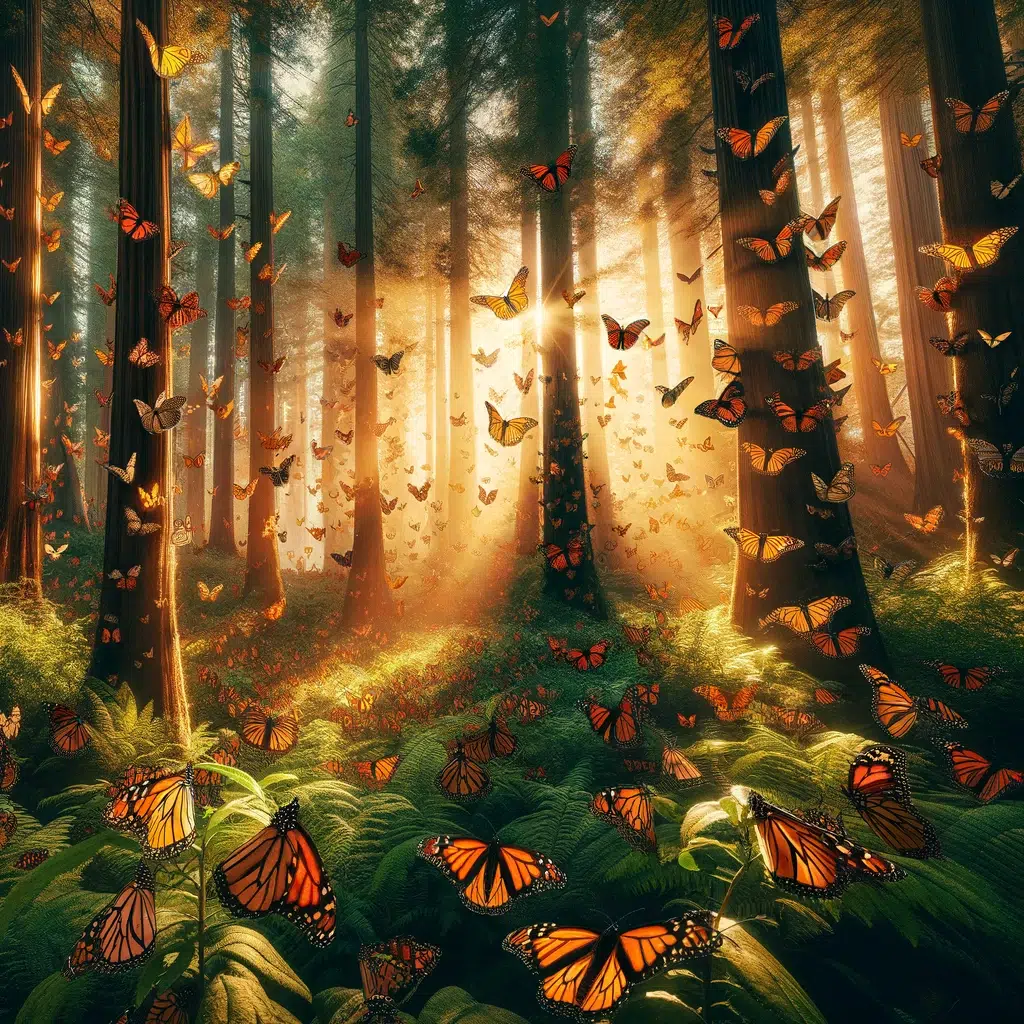
qweqt
Thursday 1st of February 2024
I was suggested this web site by my cousin Im not sure whether this post is written by him as no one else know such detailed about my trouble You are incredible Thanks